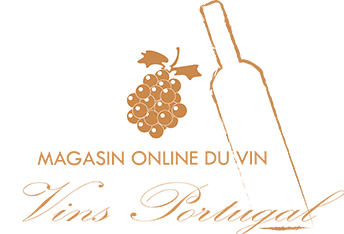| Grape Name | Photo | Region | Cat. | Common Names | Description |
|---|---|---|---|---|---|
| Galego Dourado |  Baixo Tejo, Litoral Baixo Tejo, Litoral | II | Folgação | Galego Dourado (Golden Galego) is a Portuguese white wine grape whose origins are unknown due to insufficient study of synonyms with Spain. The caste name suggests kinship with this country. Alarte in 1712 refers to caste and Gallego Gallego Montemor; Silva in 1788 knows a Gallego, synonym for Folgação. Gyrão (1822: XXI) speaks about the Galician caste in the region of Extremadura. Lapa (1874: 96) also knows Golden Gallego Extremadura: "give little but good wine." | |
| Gouveio |  |  Madeira, Açores, Douro, Trás-os-Montes Madeira, Açores, Douro, Trás-os-Montes | I | Verdelho, Godello, Godelho | Gouveio or Verdelho is a white wine grape grown throughout Portugal, though most associated with the island of Madeira, and also gives its name to one of the four main types of Madeira wine. The grape has traditionally been one of the most popular grapes planted on the small island of Madeira since vines were first planted there in the 15th century. It was however badly affected by the Phylloxera plague and the number of vines has decreased greatly in the century since then. Since 1993 any Madeira wine labeled as Verdelho must contain at least 85 percent of the grape, which wasn't previously the case. The variety of Madeira wine known as Verdelho lies between those of Sercial and Bual in style, being drier than Bual but not as dry as Sercial. The variety is known for its high acidity when aged, but if drunk young generally possesses more fruit flavor than the other Madeiras. Some producers are experimenting with making a table-style wine by allowing the grapes to ripen more prior to harvesting and blending with the grape Arnsburger to balance Verdelho's naturally high acidity. Verdelho is one of the three traditional varieties grown on Pico Island in the Azores, which exported it to mainland Europe (most notably the cellars of Czar Nicholas II) before the variety was all but wiped out in the phylloxera plague. Returning to their roots, the islands of the Azores have been planting the grape again, which is made into fortified wines like Lajido. The grape is also grown in the Douro valley, where it is sometimes confused with the Gouveio grape. It is also a small component of some Vinho do Dão. Portuguese Verdelho is noted for its higher sugar content compared to what is typically achieved in the warmer climate of Madeira. In smaller quantities, it is grown in the Galicia region of Spain where it is called Verdello. Verdelho is often confused with Verdelho Tinto, a red grape also grown in Madeira. The grapes are related but still different, similar to how Pinot noir and Pinot gris are related (as crosses which exhibit new characteristics and become a new varietal and the originating grapes trackable in DNA as the "parents"). Verdelho is also confused with the similarly named Verdelho Feijão and the Gouveio of Portugal, the Italian grape Verduzzo and the Verdejo white grape grown in Spain. |
